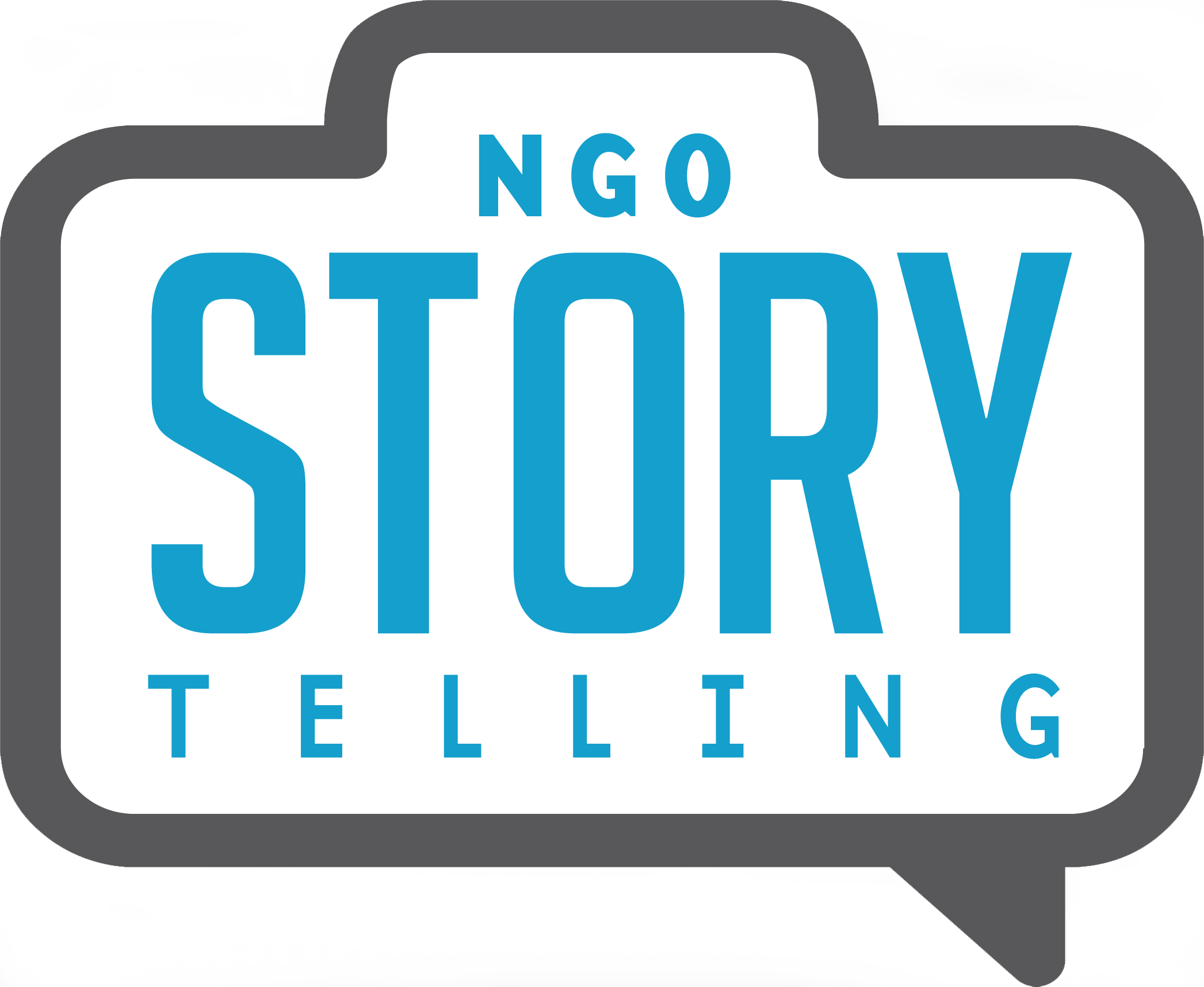Radi-Aid Awards Fighting Visual Stereotypes With New Social Media Guidelines
You’ve probably seen the picture on social media before: a young man or woman, typically from Europe or the United States, holding a baby in Africa and feeling #thankful. The visual trope is so ubiquitous that it’s satirized and parodied in places like the the Barbie Savior Instagram account and the Humanitarians of Tinder Tumblr. It’s this latter site that helped inspire the Norwegian Student and Academics’ International Assistance Fund (SAIH) – also known as the brains behind the annual Radi-Aid Awards for worst and best NGO fundraising videos – to launch their latest project: social media guidelines for volunteers and exchange students traveling to countries less developed than their own. SAIH’s goal is not to shame anyone. Rather, the organization wants to combat white savior complex and teach people about the danger of a single story.
“What you get through social media from your friends and family that are traveling around the world is very important in cementing the single story,” said Mikael Østhus Schärer, the organizational vice president of SAIH. “There are a lot of good intentions. We see too often that Western volunteers or tourists portray themselves as heroes and give skewed impressions of locals and surroundings. Instead we want to encourage volunteers and other travelers to promote dignity, respect, and nuanced information to their followers on social media.”
You can watch SAIH’s Facebook Live launch event for the guidelines starting at 8:30 a.m. Oslo time (2:30 a.m. EST, 7:30 a.m. GMT) on Tuesday, November 7, which is also when they will be posted on the Radi-Aid Awards website. (The launch event will be in Norwegian.)
To create the social media guidelines, SAIH consulted with the people behind the Barbie Savior Instagram account; a travel agency; and a study abroad program. Photovoice, a UK organization that promotes ethical photography, inspired the guidelines section on consent. In years past, SAIH targeted its awareness campaigns primarily at institutions and organizations. Schärer said SAIH decided now was the right time for guidelines for everyone because more people are volunteering abroad and they wield great influence over their friends and families.
There’s an argument to be made that social media is also helping to shatter visual stereotypes. The EverydayAfrica Instagram feed, founded in 2012, showcases everyday, normal – and often beautiful – pictures by African photographers or foreign ones who have lived in African countries for years. Similarly, photographer Fati Abubakar’s Bits of Borno Instagram feed aims to show everyday life in Borno, Nigeria, the home of Boko Haram.
But many people and organizations still publish and post stereotypical photographs, especially in the NGO world. That’s because stereotypical messages bring in money, said Linda Raftree, a longtime consultant for development agencies. She's also the co-founder of Regarding Humanity, a website that fosters comment and debate on image, film, narrative and program design in social impact.
“One organization where I worked for many years did A/B testing on all their marketing and fundraising materials and the stereotypical messages consistently brought in much more funding than more positive or empowering ones,” Raftree wrote in an email interview. “So organizations have to make a decision on principle whether they will stick to more realistic, empowering messages or whether they will fall back to the old messages that they know in the short term will bring in more funds.”
For SAIH, combating stereotypes is paramount. Its “Africa for Norway” music video went viral in 2012 due to its deft and funny parody of Western musical fundraising videos like “Do They Know It’s Christmas?” (Answer: yes, they do know.) And since 2013, SAIH has used its Radi-Aid Awards to bestow the Rusty Radiator on the year’s worst, most stereotypical NGO fundraising video and the Golden Radiator title on the year’s best NGO fundraising video.
(The winners in both the Golden and Rusty categories receive actual, full-sized gold-painted and rust-painted radiators, respectively, as prizes. The radiators live in an SAIH office storage room until they’re shipped to winners. Entries are still being accepted for 2017’s awards. Photographs are eligible for the first time this year.)
Each year, SAIH encourages both the Golden Radiator and Rusty Radiator award winners to send in an acceptance speech video. They’ve never gotten a direct response from any Rusty winner. But after Plan International’s Norway office was nominated for the inaugural Rusty in 2013, SAIH heard indirectly that Plan was not happy with their ignominious honor. Since then, “there’s some consciousness in the communications department in NGOs here in Norway that when they’re making fundraising videos that they’re not going to be eligible for the Rusty awards,” said Schärer.
It’s that same consciousness that SAIH and Radi-Aid hope to spark with the social media guidelines.
“We’re trying to address mine, yours, and everyone else’s use of social media to promote dignity and be respectful of consent, and of course, to make a push for bringing down stereotypes,” said Schärer.
----------
Photo: Lievain Rucyaha, a student at Africa Digital Media Academy (ADMA), films some entertainment before a showing of "Rooster Says," an original animation by ADMA students, and "Open Heart," an Oscar-nominated documentary film by Cori Stern. Photographed on Wednesday, September 10, 2014 in Bugesera, Rwanda. © Laura Elizabeth Pohl

